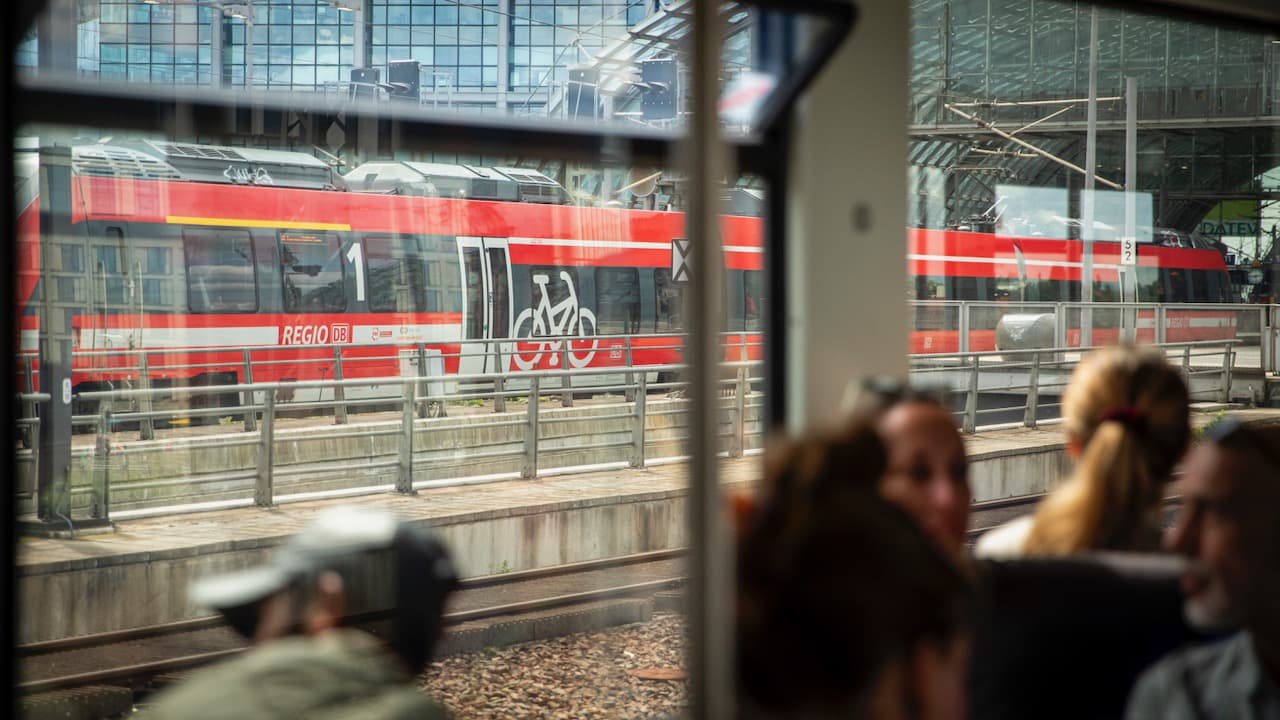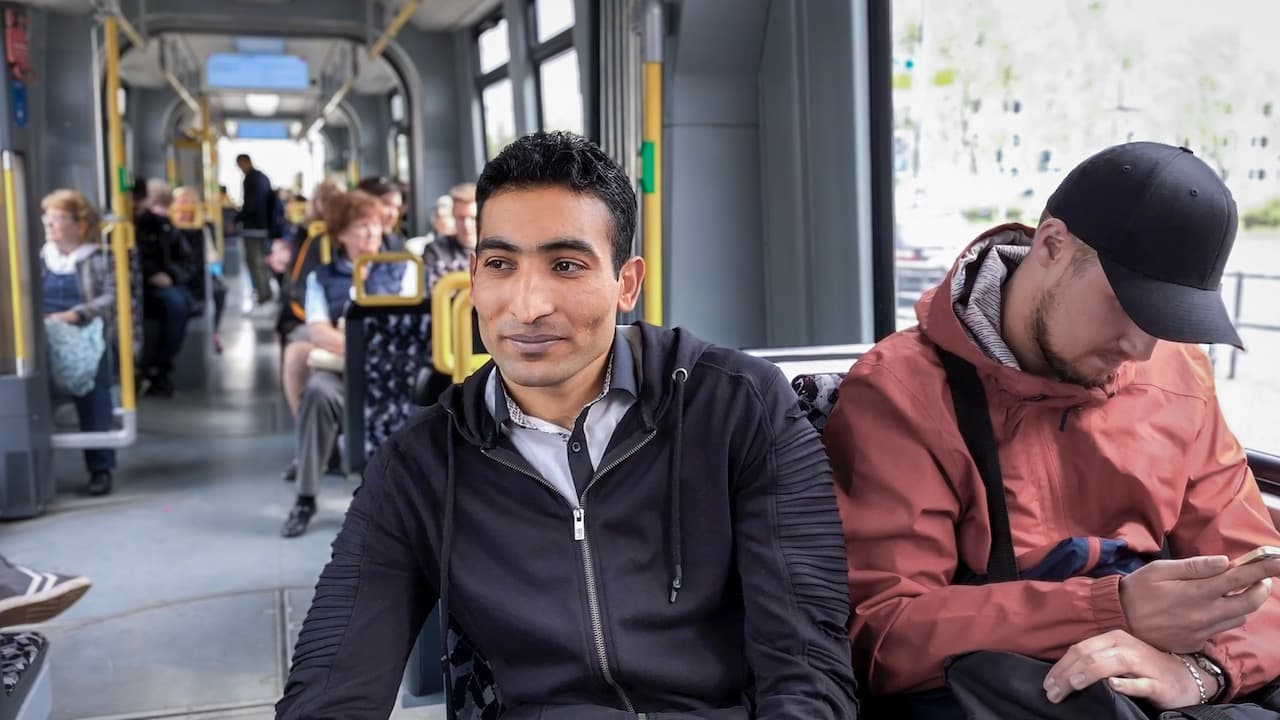Travelling within Germany

How can I travel within Germany without a car?
Germany is vast and has many attractive cities and regions worth visiting. Even if you do not have a car, there are still many alternative ways to travel within Germany to see new places or visit old friends.
What are my options?
Train ("Bahn")
The German transportation company "Deutsche Bahn" connects almost all cities and towns in Germany by railroad. There are express trains (ICE and IC) which move between major cities and regional trains which are slower but stop in smaller towns as well. In different regions, there are often additional regional train companies, which usually connect small towns and villages in Germany. The train schedules are available online and on big yellow posters on display at train stations. You can buy the tickets online, at the ticket counter (in the train station) or the ticket machine. The sooner you book a trip, the higher the chances of finding affordable tickets. In addition, there are group tickets ("Gruppenticket"), State tickets ("Länderticket"), weekend tickets ("Wochenendticket") and the so-called “Deutschland Ticket”, which are often cheaper than regular tickets. If you use the train regularly, it may be worthwhile to buy a so-called BahnCard, so that you pay less.
Generally speaking, children up to 5 years old travel free of charge and do not need a ticket. Children between the ages of 6 and 14 also travel free of charge, but only when accompanied by another person aged 15 or over who has a ticket. For more information, please contact Deutsche Bahn.
Long-Distance Bus ("Fernbus”)
A long-distance bus can be a cheap alternative to train or plane. Long-distance buses connect most of the big cities in Germany. The stops are often called "Busbahnhof" or "Zenteraler Omnibusbahnhof (ZOB)". The best way to buy a ticket is via the website of the long-distance bus company. You can search for affordable connections and long-distance bus lines on websites like busradar.com or fernbusse.de.
Ride-sharing ("Mitfahrgelegenheiten")
The so-called ride-sharing or "Mitfahrgelegenheiten" is an economical alternative; i.e. sharing a ride with a driver who is heading the same way and has vacant seats in his/her vehicle. There are several Internet portals and apps that mediate such trips between passengers and drivers, e.g. BlaBlaCar. There are also many Facebook groups where drivers offer carpooling for certain routes.
Bike Trips
Germany has many biker friendly accommodations from farms to castle hotels ("Burghotel"). You can explore many German cities and provinces via more than 70,000 kilometres of bike routes. With so many opportunities available, you just cannot stay home! But please keep in mind to ensure your bike is well-maintained and safe. Read more about cycling in our chapter "Cycling in Germany".
Similar topics
Additional links
Tips for travellers
On study-in-germany.de, you can find an overview of public transportation in Germany.
Our community in the forum
Quickly find answers to any question. Benefit from the experience of your community and exchange ideas.
Support on site
Are you looking for counseling centers, meeting points, and other services? Use our search engine.








